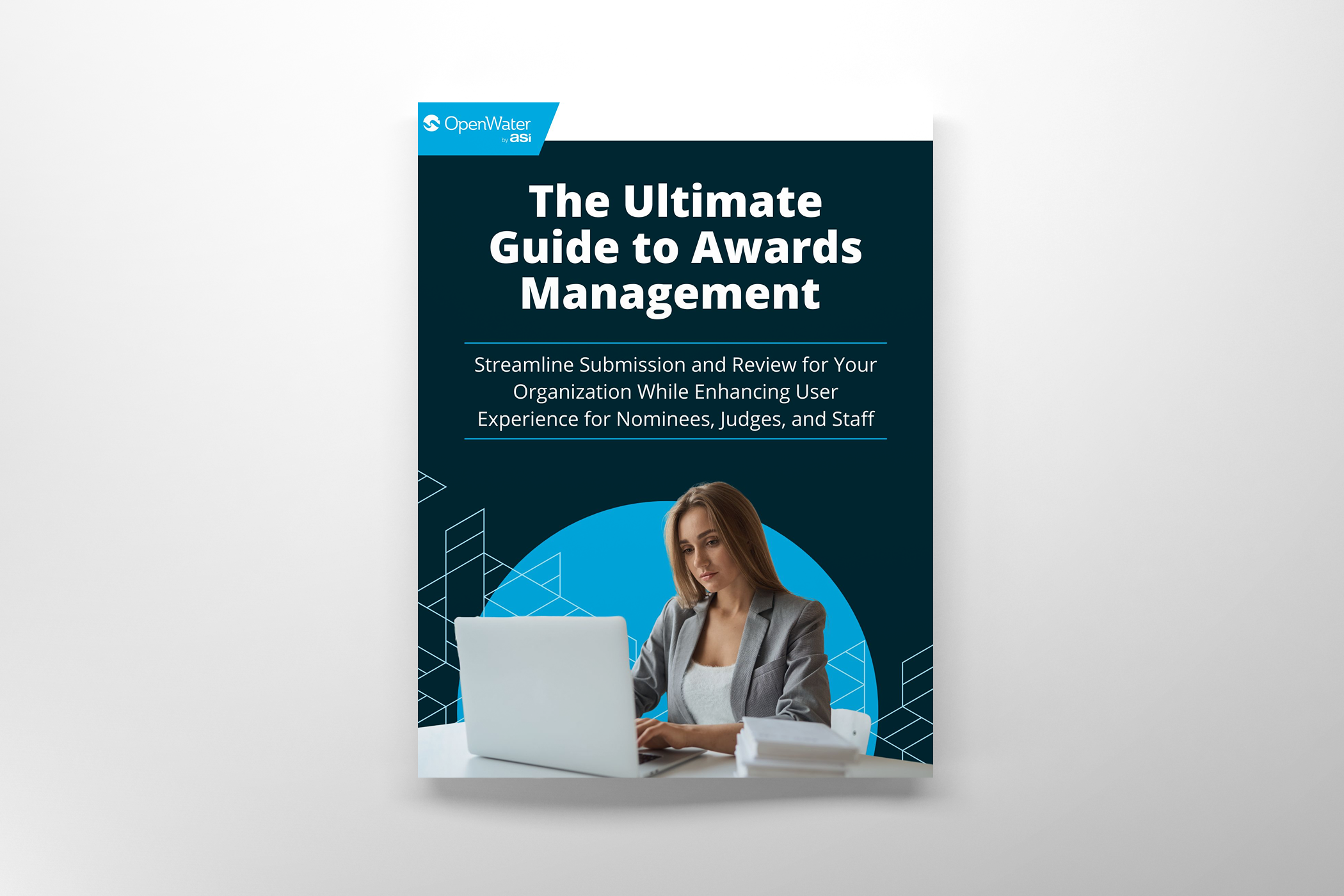
How Do You Improve the Quality of Abstract Submissions?
Have you ever worried that the trickle of incoming abstract submissions won’t bring enough value to your annual meeting? Or maybe you’re getting a steady flow of abstracts into your inbox, but most don’t meet the high standards you’d hoped to set. You’re not alone. Here are some ways to attract excellent abstract submissions:
Attention to Detail Before Kickoff
Launching a conference is stressful, busy, and involves a lot of juggling. For many organizers, this isn’t your day job—there are competing obligations that make it hard to focus. However, it’s worth the time to slow down and double-check that you’re really asking for everything you need in the call for papers before you send it out.
Even if you can update the online form later, chasing down presenters who have already completed their abstract submissions can feel futile. To help ensure your attention to detail is consistently spot-on, have an experienced colleague take a look with fresh eyes. If the whole team weighs in, establishes clear goals, and checks for gaps before you start, you might be able to avoid the runaround of last-minute changes.
An Optimized First Impression
Quality presenters are likely to be frequent faces on the conference circuit. These academics, scientists, and researchers might receive dozens of call for abstracts each month. The last thing you want is for your call for papers email (often your first touchpoint) to go unread in a stuffed professional’s inbox—or even worse, to get noticed and deleted in the same second.
There are a few ways to improve your first impression during the 8 seconds of the average 2018 attention span (down from 12 seconds in 2000, according to a Microsoft study).
- Unique Subject Line: Generic titles like “call for abstracts” are easy to overlook. Say something about the conference, but be brief. Your title will get cut off if it’s too long.
- Headings in the Body: The more scannable your email is, the better. A block of text is unapproachable. Break it up into a couple of chunks with bold headings, like “Event Details,” “Topics of Interest,” or “Abstract Guidelines.”
- Strong Call to Action: Try putting “Submit Your Abstract” as a hyperlink in large font, on its own line, near the top of the email. Folks are more motivated to respond when the desired action stands out.
Clear, Concise Instructions
It’s great to give specific details, but harmful if they’re overwhelming or dissuade the presenter from giving them a close look—or submitting an abstract at all. Since many presenters use the same abstract for several conferences, it’s best not to over-complicate your abstract submissions process.
Your call for papers will see higher quality abstract submissions if the instructions are clear, concise, and cover exactly what you need and nothing more. A timeline with a process and clear deadlines is also useful to minimize confusion and help presenters plan ahead.
The Ability to Edit Later
Abstract management software that lets presenters and authors log back in later to complete, add to, or to edit their abstract submissions can drastically improve overall quality. OpenWater’s platform does just that—it allows your speakers to work at their own pace and fix oversights with minimal intervention on your part, meaning you can be confident that the abstracts you receive are finished products.
Reminders Long Before the Deadline
Authors and speakers are busy people. Most of your target audience leave these sorts of things until the last minute when it can’t wait any longer behind their other priorities. You can help them manage themselves and plan ahead with a couple waves of friendly reminders well ahead of the deadline. This way, there’s a better chance they’ll make sufficient time to put together a high-quality abstract submission.
Multiple Rounds With New Requirements
Maybe your first round of abstract submissions involves only a short written piece on their topic. The second round of review could take a shortlist of the best ones and ask those presenters to submit something more for final selection, like a 1-2 minute video discussing their research.
A lot of these functions can be folded neatly into an all-in-one abstract management system—such as OpenWater. With end-to-end abstract software, you can blast out email reminders, set up multiple rounds of review, and allow presenters to edit at will. After submissions are over, the approved abstracts can be easily organized into sessions and a drag-and-drop online schedule for your conference.


